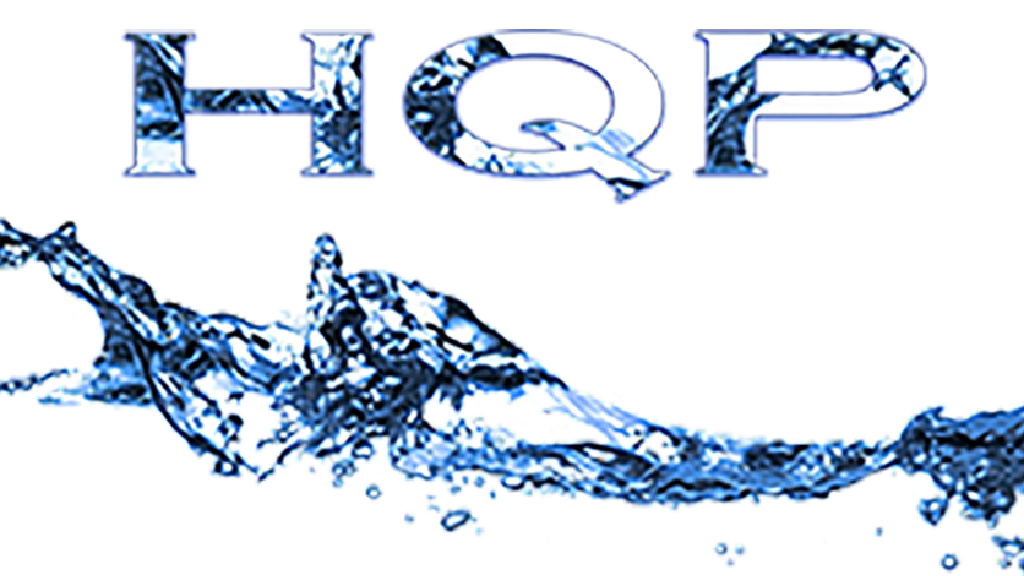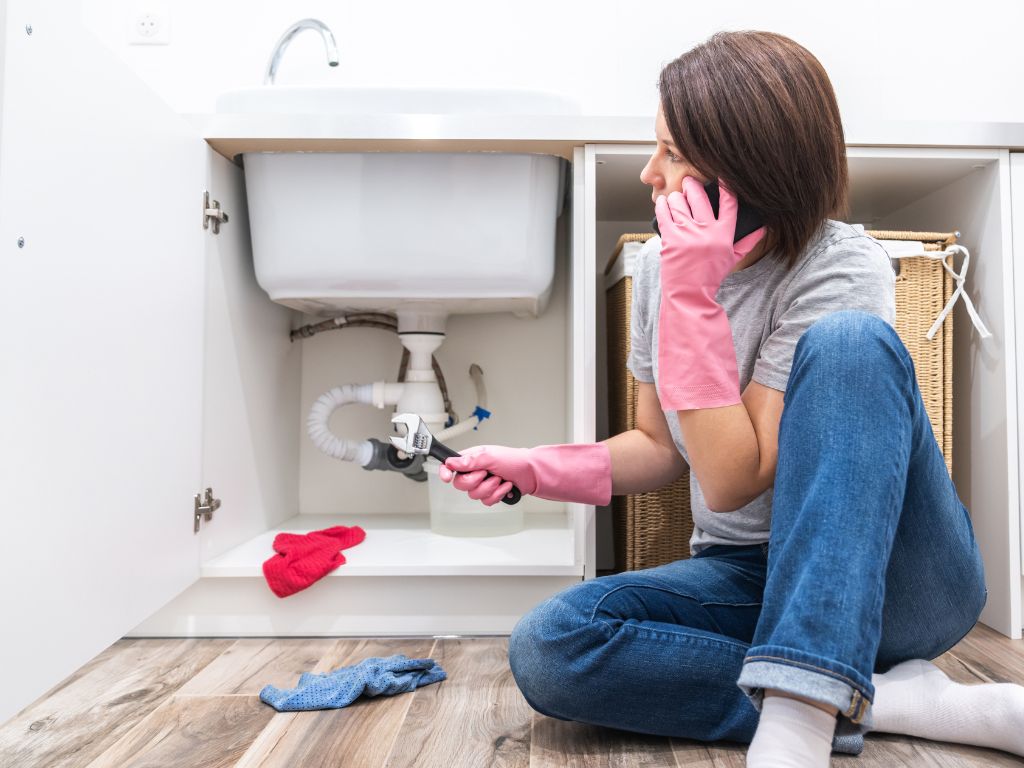The Importance of Leak Detection
Leaks may seem like minor nuisances, but they can actually lead to significant damage if left undetected and untreated. In this article, we’ll explore the importance of leak detection and how it can help homeowners avoid costly repairs down the line.
What is Leak Detection?
Leak detection is the process of identifying and locating leaks in plumbing systems, whether they’re hidden behind walls, under floors, or within pipes. It involves using various techniques and tools to pinpoint the source of a leak before it causes extensive damage.
Why is Leak Detection Important?
- Preventing Water Damage: Undetected leaks can lead to water damage, which can weaken structures, promote mold growth, and damage belongings. By detecting leaks early, homeowners can prevent costly repairs and potential health hazards associated with water damage.
- Conserving Water: Leaks waste water, which is not only bad for the environment but also drives up water bills. By promptly detecting and repairing leaks, homeowners can conserve water and save money on utility bills.
- Preserving Property Value: Water damage caused by leaks can significantly reduce the value of a property. By addressing leaks promptly, homeowners can maintain the integrity and value of their homes.
- Preventing Mold and Mildew: Moisture from leaks creates an ideal environment for mold and mildew growth, which can pose health risks to occupants. Detecting leaks early helps prevent the development of mold and ensures a healthier indoor environment.
How is Leak Detection Done?
- Visual Inspection: Inspecting visible pipes, faucets, and fixtures for signs of leaks, such as puddles, dampness, or corrosion.
- Using Leak Detection Devices: Utilizing specialized tools such as moisture meters, acoustic listening devices, and infrared cameras to detect hidden leaks behind walls or under floors.
- Pressure Testing: Pressurizing the plumbing system to detect drops in pressure, which may indicate the presence of leaks.
- Dye Testing: Introducing dye into the plumbing system and then checking for its presence in areas where leaks are suspected.
Signs of a Possible Leak
- Increased Water Bills: A sudden increase in water bills without a corresponding increase in usage may indicate a hidden leak.
- Water Stains: Stains on walls, ceilings, or floors could indicate a leak nearby.
- Musty Odors: Damp or musty odors in certain areas of the home may be a sign of hidden moisture from a leak.
- Mold or Mildew Growth: Mold or mildew growth in unexpected areas, such as walls or ceilings, may signal a hidden leak.
Final Thoughts on the Importance of Leak Detection
Leak detection is a crucial aspect of home maintenance that should not be overlooked. By promptly identifying and repairing leaks, homeowners can prevent water damage, conserve water, preserve property value, and maintain a healthy indoor environment. If you suspect a leak in your home, don’t hesitate to contact a professional plumber to conduct a thorough inspection and address any issues. Remember, early detection can save you time, money, and stress in the long run.

